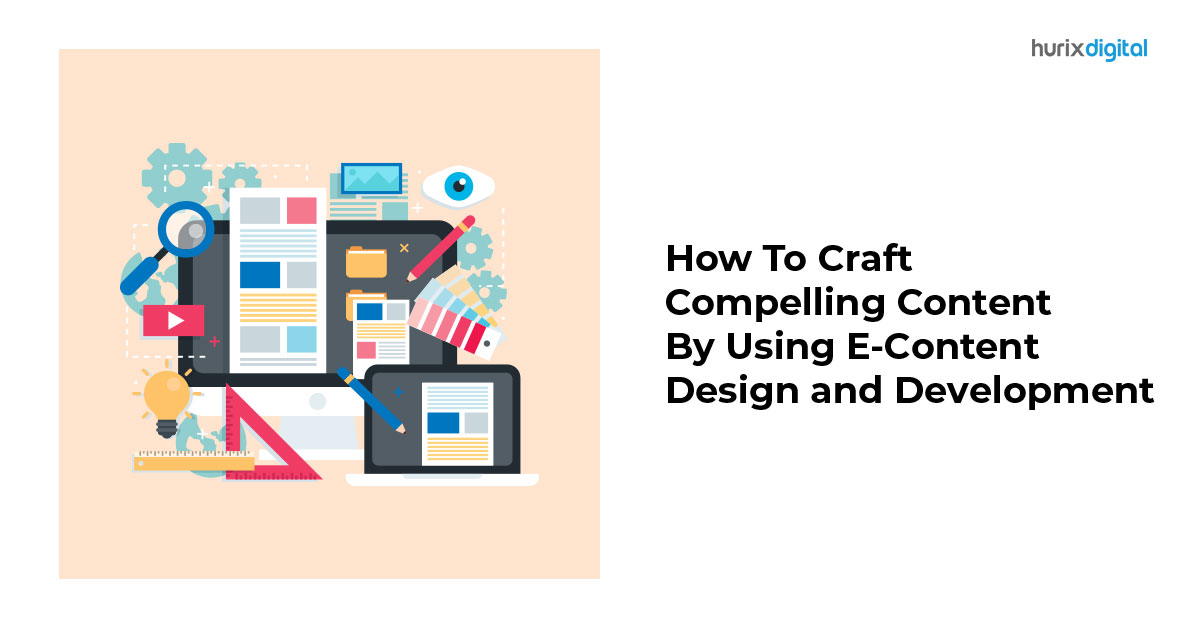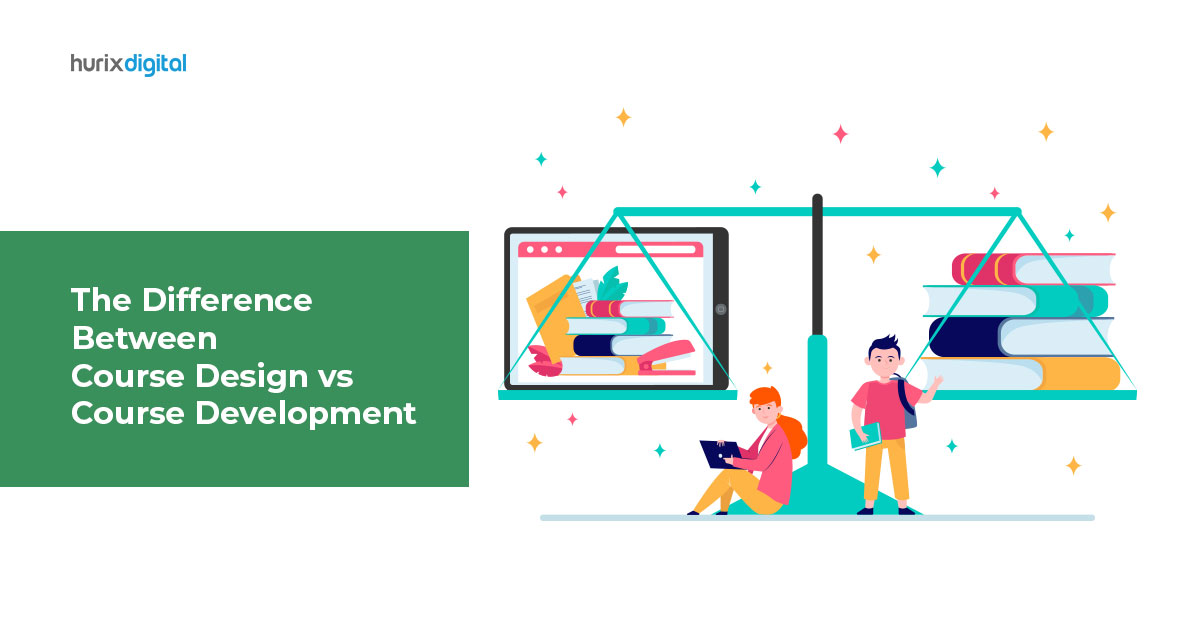
How To Craft Compelling Content Using E-Content Design And Development
Summary
This article provides tips on how to create compelling digital content through eContent design and development, focusing on strategies to engage and educate your audience.
Creating compelling content is crucial to ensuring it leaves a mark and has the potential to influence individual behavior. This becomes especially important in the case of e-learning content, as the student’s ability to absorb this content and learn from it depends on how engaging it is.
While education systems worldwide have continued to explore ways to create compelling content, a lot still remains to be desired. If you want to create compelling content using e-content design and development, this guide presents some of the most important and impactful strategies to keep in mind.
Table of Contents:
- Five Ways To Create Compelling E-Content Using E-Content Design And Development
- Understand Who Your Target Audience Is
- Present Your Content Attractively
- Make Your Content Accessible
- Follow A Uniform Structure When Creating Content
- Make The Reader Care
- In Conclusion
Five Ways To Create Compelling E-Content Using E-Content Design And Development
1. Understand Who Your Target Audience Is
The very first step organizations in the e-learning industry must keep in mind before they even start creating content is identifying and understanding their target audience. Whether it’s for a school’s K12 curriculum, for a university, or the employees in a certain sector, knowing who your target audience is crucial.
This is true for various reasons. For starters, knowing who your audience is, how old they are, and how deep a background they have in the subject will dictate the content’s complexity.
Secondly, while content for all ages must be engaging so as to ensure maximum involvement and impact, this is especially so when dealing with younger students in schools whose attention spans often tend to be much shorter.
As a result, when e-content companies design their content with the target audience in mind, they’re more likely to create content that’s compelling and engaging and leaves a mark.
2. Present Your Content Attractively
What your content consists of is just as important as how it’s packaged. This is true especially today when human beings are spoilt by the best of visual aesthetics in every aspect of their lives and have come to expect it at all times.
This is only justified by the fact that several studies have proven the impact of visuals in making e-learning content more engaging and that 65% of people, on average, are visual learners.
There are several simple ways in which content designers can package content more engagingly. These include:
- Shortening long paragraphs into smaller, bite-sized points that are easier to understand and remember.
- Make use of section headers to help users navigate content easily and give them a hook to remember key points.
- Highlight points that are of crucial importance so they stand out.
- Don’t shy away from white spaces, as they help break the monotony resulting from large blocks of continuous text.
3. Make Your Content Accessible
Many believe that creating engaging content is simply about making it look attractive, but they often forget that content is also engaging when it’s easy to access. This ease of accessibility promotes a willingness to learn more, as compared to if users had to navigate complex interfaces to get to the next part of their content.
This is where several Learning Management Systems (LSM) often fall behind, as they can tend to be cluttered and often a little outdated in their design. Not being able to find the content you’re looking for (just like not being able to find your vehicle in a parking lot or your favorite socks) can lead to frustration.
As a result, e-learning content companies must consider a more holistic approach to making their content engaging rather than a more narrow one.
4. Follow A Uniform Structure When Creating Content
There’s a reason why the news is often easy to read and understand, and this is the result of what’s known as the journalistic style of writing. This style follows a specific structure, where the five Ws of the content come first, followed by a lead or an introduction, the supporting facts, and finally, the conclusion.
Following such a structure across all your content can help users understand what a certain concept is about with a lot more ease while also ensuring a sense of familiarity, as users will then know where to look for certain details even when they’re skimming over the content.
Aside from ensuring uniformity in the content, it’s also essential that it is kept simple and easy to understand. It’s always best to omit long sections of text, cut down on unnecessary jargon, and so on to ensure readers have a better chance of understanding and retaining the content for a longer time.
If this isn’t possible in-house, it’s always best to outsource your e-content development to a reliable organization.
5. Make The Reader Care
Last but not least, and probably also most importantly, the success of any form of content is ensured when it makes the reader care about it. When it comes to a learning strategy that incorporates this big criterion, it’s essential that the content make the reader the centerpiece.
This is where it becomes crucial to analyze who your target audience is, their demographic details, and other important factors so that you can tailor your content to their preferences as closely as possible.
Another way of making the reader care is by acknowledging that the content is complex in nature. Talk to your readers through your content. Acknowledge that a lot of what the content consists of is, in fact, extremely complex, and then lead them to understand key pieces of information that can help them uncover more details. This can be done by sharing tools that can help them find the information they’re looking for rather than ensuring they can recite every sentence they’ve learned.
Lastly, the use of stories and real-life examples can go a long way in bridging the distance between the reader and the content itself. Human beings are more likely to understand something they can relate to or picture or when it’s taught using examples or situations rather than as complex concepts.
In Conclusion
E-content design and development are crucial to creating content that engages your reader and helps them retain the information they consume. While there are countless steps and techniques that can be used to achieve this, all of it eventually comes down to your audience and their specific needs.
The steps mentioned above can be used as a starting point to attempt this, but creating e-content is often a mammoth task and often best left to experts in the field, especially when creating e-learning content. Hurix Digital is one such organization that provides the best e-learning and training solutions. You can book a consultation with them and find out how they can design engaging content based on your specific needs.
Also Read – The Difference Between Course Design Vs Course Development

Vice President – Digital Content Transformation. He is PMP, CSM, and CPACC certified and has 20+ years of experience in Project Management, Delivery Management, and managing the Offshore Development Centre (ODC).




